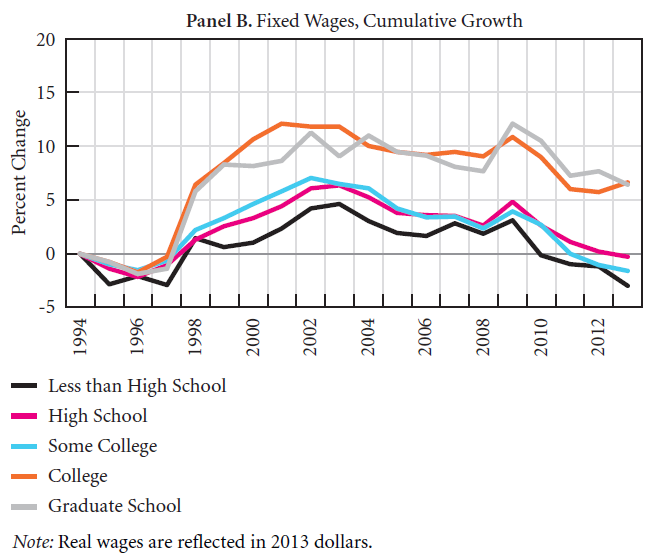Daniel Alpert at the Minsky Summer Seminar
On Saturday, Daniel Alpert delivered the closing remarks at the Levy Institute’s Hyman P. Minsky Summer Seminar:
Minsky had the rarely seen ability to stand back from all he had learned—even at times from his own mentors—and not only see and articulate what was misunderstood, what wasn’t working, but also to explain why conventional wisdom is often not always all that wise and why markets often proceed in delusional fashion. And by this I mean not merely the often irrational animal spirits of markets, nor the Keynes’ casino, nor his beauty contest, but an almost collective agreement to ignore the most obvious of fact-pictures staring right back at us. And often, to ignore them because they force consideration of exogenous variables that aren’t readily incorporated into existing mainstream models, to ignore them because they are too heterodox to be considered by those who have invested their lives work in developing and interpreting mainstream theory, or to overlook them because they involve understanding the often obtuse complexities of actual market operations that go beyond ivory tower theories of market behavior.
Read Alpert’s full remarks here.





 ShareThis
ShareThis